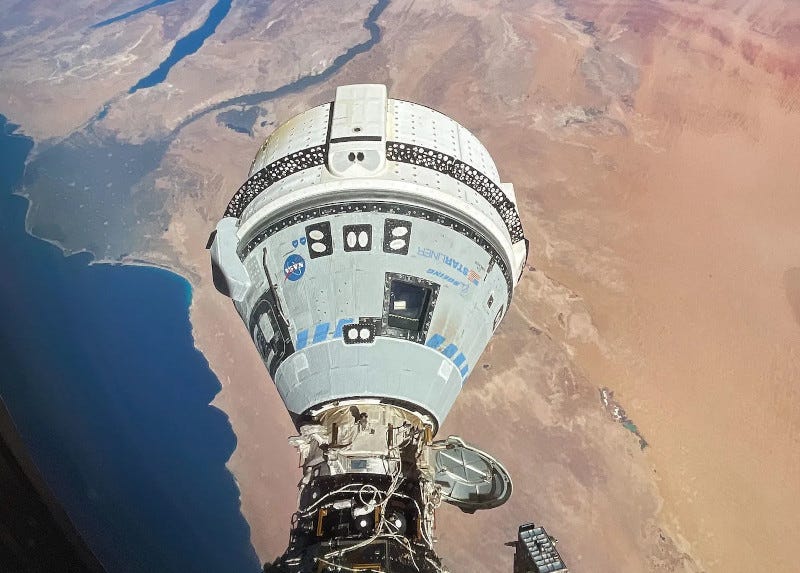Still No Return Date for Starliner
Top Stories from The Journal of Space Commerce for the Week Ending 6/28
Starliner remains docked to the International Space Station after arriving on June 6. The Boeing space capsule has been beset with several issues that have delayed its return to Earth after what was supposed to have been a week-long mission.
The integrated Starliner team continues to evaluate the spacecraft’s propulsion system performance and complete ot…
Keep reading with a 7-day free trial
Subscribe to The Journal of Space Commerce to keep reading this post and get 7 days of free access to the full post archives.



